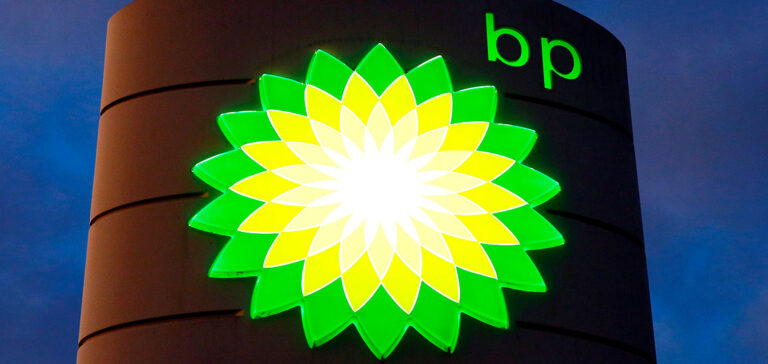Asian Renewable Energy Hub (AREH) project in the Pilbara region of Western Australia welcomes bp participation 40.5%. The company has already started operating the project. The AREH project is jointly owned with InterContinental Energy, CWP Global, Macquarie Capital and Macquarie’s Green Investment Group.
The AREH project has the potential to be one of the largest renewable hydrogen centers in the world. It will provide a total generating capacity of 26 GW, equivalent to one third of Australia’s electricity generation in 2021. Thus, the project aims to supply renewable energy, hydrogen and ammonia to Pilbara miners and industrial users, and for export to major international markets.
Close collaboration with Aboriginal peoples
BP management states that close collaboration with the Nyangumarta people, traditional owners and land custodians is his priority. Thus the company puts the views of Nyangumarta’s traditional owners at the center of the hub’s planning and development.
One of the key commitments will be around an indigenous land use agreement with the Nyangumarta people. The latter will rule on the principle of free, prior and informed consent.
BP and its project partners intend to rename the project the Australian Renewable Energy Hub. For example, Lucy Nation, bp’s project manager and vice president of Hydrogen in AsiaPac, said:
“We thought carefully about the name of the project and decided we wanted to better reflect its prime location and highlight Australia’s natural assets, as well as the country’s aspiration to become a renewable energy superpower. We want to provide green energy to the Pilbara, as well as harness Western Australia’s fantastic renewable energy to produce green hydrogen and green ammonia for local and international use.”
Once finalized, the AREH project is expected to be capable of producing approximately 1.6 million tons of renewable hydrogen or 9 million tons of green ammonia per year. As a result, the project will reduce approximately 17 million tons of carbon in domestic and export markets per year.
This savings equates to approximately 0.5 gigatons (Gt) of total carbon savings over the life of the project.
Thus, the AREH project offers a major decarbonization opportunity for the Pilbara. Industrial region identified as having significant emissions reduction potential.






















